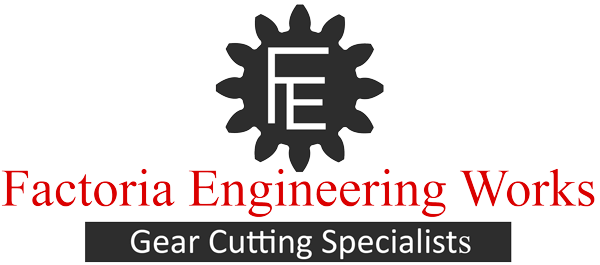Underground locomotive basics
Locomotives were introduced for underground operation in coal mines in the early 1930s, and their use expanded quickly, tripling in the first year and increasing significantly by the 1950s. Initially, underground locomotives were used on existing transport roads. Since then, the use of underground locomotives has been gradually expanded to other portions of the mine and highways with different grades up to the maximum allowed for the specific kind of propulsion.
Most underground locomotives carry unbraked rolling stock and rely on the coefficient of adhesion between the wheel and the rail to convey the force required to move or, more importantly for safety, to brake the locomotive and any connected load.
Adhesion locomotives used in mines have either steel or rubber tyres and work on steeper grades than typical surface uses. The maximum gradient on which underground locomotives may run is fixed at 6.7 percent, while exemptions have been granted to allow locomotives equipped with rubber tyres to work on grades as high as 10% with limited loads. Two additional types of locomotives, which travel on a rack or captive rail track, are not reliant on the adhesion provided by the locomotive’s weight to provide brakes and are permitted to operate on higher grades by exception.
Maintenance of locomotives
Equipment must be maintained in line with the manufacturer’s specifications. The wear limit on some components is crucial since it might compromise the underground locomotive’s safety. Any locomotive’s manufacturer should clearly identify essential components and offer enough information about the limitations of their safe usage. Wherever feasible, the component should be constructed so that the wear limit may be determined without the need for drawings.
The bulk of harmful incidents with underground locomotives is frequently related to braking failures. Some locomotives lack both service and emergency wheel brakes, relying instead on electrical braking and an emergency transmission brake that may be activated manually or by an Overspeed trip.
Contact Factoria Engineering Works for details
Mining is a competitive sector, and cost control is essential. Underground locomotives and rolling-stock investment replacement value can be several billion rands. Given this, finding the right replacement parts can go a long way toward avoiding substantial repair expenditures in the future.
To ensure the continued safe operating of your mining equipment, talk to the trusted underground locomotive replacement part specialists. Get in touch with a representative from Factoria Engineering Works today.

